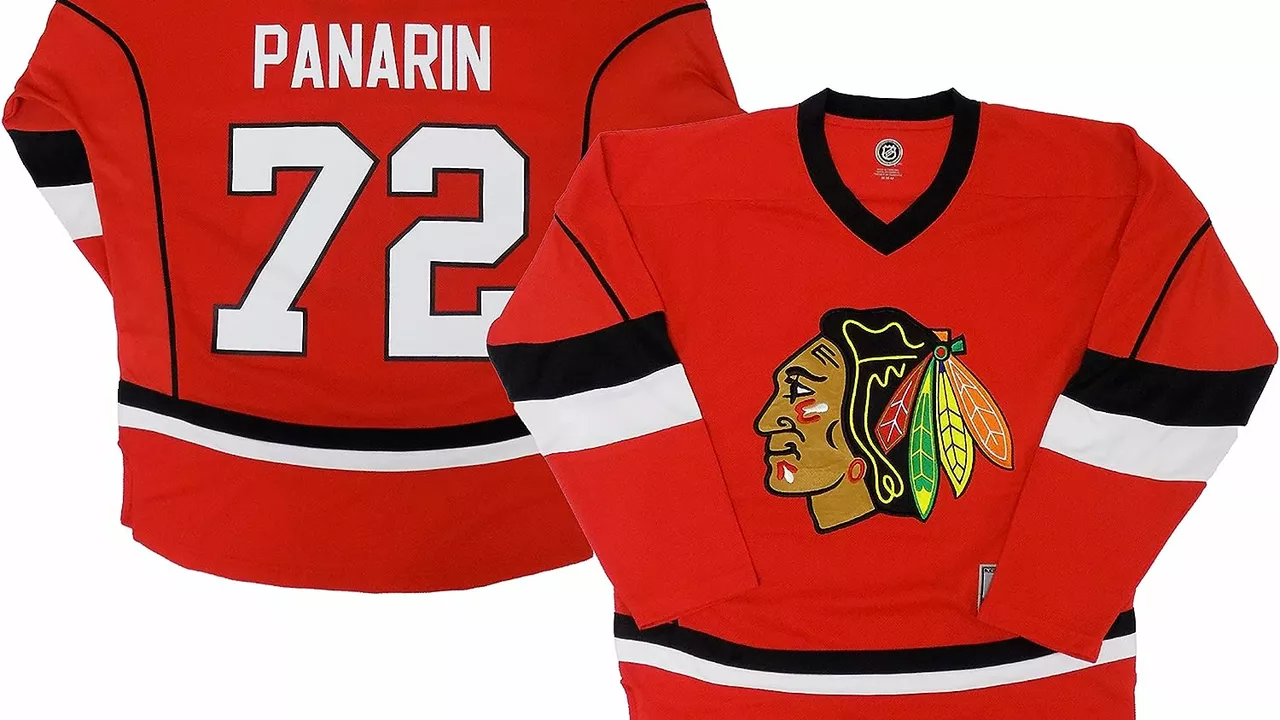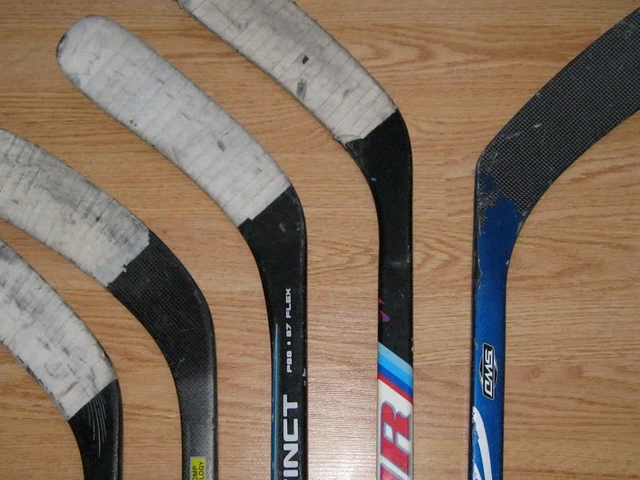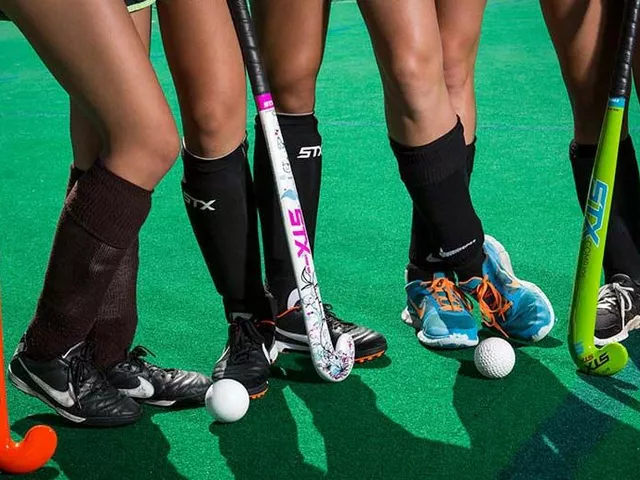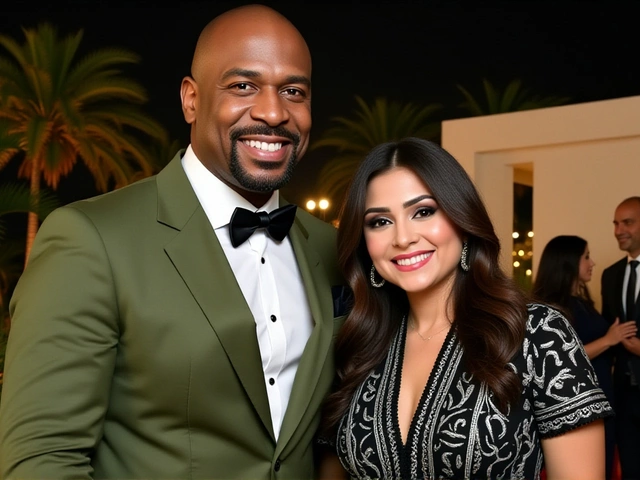Cultural Sensitivity in Hockey – Why It Matters and How to Practice It
Hockey brings people together, but it can also highlight differences that need respect. When players, fans, or coaches ignore cultural backgrounds, tension builds and the fun fades. Understanding cultural sensitivity isn’t about politics; it’s about making every rink a place where anyone feels welcome.
Think about a new player joining from another country. They might use different slang, celebrate different holidays, or have different communication styles. If the team jokes about those differences, the player can feel isolated and performance drops. A simple, respectful approach keeps the energy high and the game enjoyable for everyone.
Understanding Cultural Sensitivity in Hockey
At its core, cultural sensitivity means noticing cues, asking questions, and avoiding assumptions. It starts with language. Using inclusive terms and avoiding stereotypes shows you care. For example, when talking about a player’s background, focus on what they bring to the team rather than exoticizing their heritage.
Body language matters too. Some cultures maintain eye contact differently or use gestures that might be misread. Watching how teammates interact and matching that style helps avoid misunderstandings. If you’re unsure, a quick, polite question clears things up without drama.
Even fans can practice sensitivity. Cheering chants that mock a group’s identity cross the line fast. Replace those with cheers that celebrate skill, effort, or the team’s colors. A stadium that respects its diverse audience builds loyalty and a better reputation.
Simple Steps to Build an Inclusive Environment
1. Start with education. Hold a brief meeting before the season where you discuss basic cultural respect. Use real‑life examples from the rink, not abstract theory.
2. Set clear guidelines. Draft a short code of conduct covering language, gestures, and social media. Make it visible in locker rooms and on the club website.
3. Encourage open dialogue. Let players share something about their background during a team huddle. This builds curiosity and breaks down walls.
4. Celebrate diverse holidays. Mark a few dates on the calendar and invite anyone who wants to share a tradition. It’s a low‑cost way to show you value all cultures.
5. Address issues quickly. If a comment crosses the line, call it out right away. Use a calm tone, explain why it’s hurtful, and suggest a better alternative.
6. Lead by example. Coaches and captains set the tone. When they model respectful behavior, the rest of the squad follows.
Applying these steps doesn’t require big resources—just attention and consistency. Over time, the team’s chemistry improves, players stay longer, and fans feel proud to support a club that respects everyone.
Remember, cultural sensitivity isn’t a one‑time task. It’s a habit that grows with each practice, game, and conversation. Keep checking in, stay open to learning, and you’ll see a stronger, happier hockey community on and off the ice.
Alright folks, here's the skinny on whether sporting a Chicago Blackhawks jersey is offensive or not. It's a bit like a pickle wrapped in a riddle, dipped in secret sauce. Some folks feel it's disrespectful to Native American cultures, while others view it as a tribute to the team's namesake, Chief Black Hawk. It's a real chin-scratcher, isn't it? So, whether you're a die-hard fan or a social justice warrior, remember, it's not just a jersey, it's a conversation starter!
Read more





